Introduction to Drawing Cats

Drawing cats has been a beloved subject for artists for centuries, and for good reason. These graceful, agile creatures captivate with their fluid movements, expressive faces, and mysterious demeanor. Whether you’re an aspiring artist or an experienced professional, learning how to draw a cat allows you to capture the beauty and essence of these fascinating animals. In this guide, we will explore the fundamental techniques and key aspects that will help you master drawing:8mi9vnj1ccs= cat with ease. With a focus on cat anatomy, essential tools, common mistakes, and various styles, you’ll be equipped to create compelling cat drawings that convey both emotion and accuracy.
Understanding Cat Anatomy

Before diving into the process of drawing:8mi9vnj1ccs= cat, it’s crucial to understand the anatomy of a cat. Understanding how a cat’s body is structured helps bring authenticity and realism to your work. Cats have a unique blend of flexibility, strength, and grace, which must be reflected in any depiction of them.
Key Anatomical Features
- Spine and Posture: A cat’s spine is extremely flexible, allowing them to arch their backs and curl into small spaces. Capturing this flexibility is key to making your drawing dynamic and lifelike.
- Legs and Paws: Cats have slender, strong legs that allow for quick movements and powerful jumps. The paws have four toes on the hind legs and five on the front, with retractable claws that give them an elegant but predatory air.
- Face and Eyes: Cats’ eyes are large, almond-shaped, and can convey a range of emotions. Their heads are often round with a triangular nose, giving them a distinct, easily recognizable face. Mastering the expression of a cat is essential for adding personality to your drawing.
Understanding these anatomical traits will form the foundation of a well-proportioned and accurate drawing.
Essential Tools for Drawing Cats
To succeed in drawing:8mi9vnj1ccs= cat, having the right tools is crucial. Whether you are using traditional methods like pencil and paper or digital tools like drawing tablets, your equipment can significantly impact your results.
- Pencils: For traditional drawing, start with a range of pencils (from 2H to 6B) to create different textures and tones. Harder pencils (H range) are great for light sketches, while softer pencils (B range) are perfect for adding depth and shadow.
- Paper: Choose paper that matches your medium. Heavier paper (above 90gsm) is ideal for more detailed work and allows for layering of lines without tearing.
- Erasers: Invest in both a kneaded eraser (for soft, subtle corrections) and a harder eraser for precise adjustments.
- Digital Tools: For digital artists, software like Adobe Illustrator, Corel Painter, or Procreate offers flexible brush settings that can simulate the look of traditional materials while providing additional control over layers and textures.
Techniques for Drawing Cats
Mastering the art of drawing:8mi9vnj1ccs= cat requires practicing key techniques that bring realism and expressiveness to your work.
Gesture Drawing and Basic Shapes
Start by sketching basic shapes to capture the overall structure of the cat. Use ovals for the body, a circle for the head, and lines for the legs and tail. This helps you quickly block out the proportions and establish the posture.
Gesture drawing is also effective in capturing a cat’s fluid movement. Practice drawing quick, loose sketches to understand how their bodies move in different positions, like stretching, jumping, or lounging.
Capturing Texture and Fur
One of the most challenging aspects of drawing:8mi9vnj1ccs= cat is replicating the texture of their fur. Start by outlining the direction in which the fur grows. Cats have different textures depending on the breed, so short strokes can mimic short-haired breeds, while long, fluid lines can represent the flowing fur of long-haired breeds. Remember to vary the pressure on your pencil or stylus to give a sense of depth.
Pay close attention to areas like the neck, tail, and paws, where the fur tends to be thicker or fluffier. Layer your lines to create a more three-dimensional effect.
Common Mistakes When Drawing Cats
Even experienced artists can struggle with certain challenges when drawing:8mi9vnj1ccs= cat. Let’s look at some common mistakes and how to avoid them.
- Incorrect Proportions: One of the most common mistakes is getting the proportions wrong. Cats have relatively large heads in proportion to their bodies, and their legs are more slender compared to other animals. Always double-check the size and placement of body parts before moving on to details.
- Overly Stiff Poses: Cats are known for their fluidity and grace. Avoid drawing them in stiff, unnatural positions. Practice quick sketches and gesture drawing to keep your poses lively.
- Lack of Expression: Cats’ faces are highly expressive, and failing to capture this can make your drawing feel lifeless. Pay close attention to the shape of the eyes, ears, and mouth, which are essential for showing emotion.
Drawing Different Cat Breeds
Cats come in a variety of breeds, each with its own unique physical characteristics. To make your cat drawings more diverse, explore how different breeds can be represented in your work.
- Short-Haired Breeds: For cats like the Siamese or American Shorthair, focus on smooth, clean lines. Their short fur requires less emphasis on texture but more attention to body shape.
- Long-Haired Breeds: For breeds like the Persian or Maine Coon, use soft, fluffy lines to represent the long fur. Pay attention to areas where the fur is thickest, such as the neck, tail, and paws.
- Unique Breeds: Some breeds, like the Sphynx (hairless) or Scottish Fold (with folded ears), offer unique challenges. For the Sphynx, focus on the skin folds and large ears, while for the Scottish Fold, emphasize the distinctive ear shape.
How to Improve Your Drawing Skills
Improving your skills in drawing:8mi9vnj1ccs= cat requires regular practice and observation. Here are some tips to help you develop your artistic ability:
- Practice from Life: Whenever possible, draw real cats from life. Visit shelters, observe your own pets, or watch videos to capture the nuances of their movements and expressions.
- Use References: If you can’t draw from life, use high-quality photos or illustrations as references. This will help you learn how to accurately depict their posture and behavior.
- Experiment with Styles: Don’t be afraid to try different drawing styles, from realistic to cartoonish or abstract. Experimenting with various styles allows you to find your unique artistic voice.
How to Draw Cats in Different Styles (Realistic, Cartoon, Abstract)
Different styles can highlight different aspects of a cat’s appearance. Here are some popular styles to consider when drawing:8mi9vnj1ccs= cat:
- Realistic Style: Focus on capturing every detail, from the fur texture to the reflective shine in the eyes. Use subtle shading and layering techniques to make the drawing as lifelike as possible.
- Cartoon Style: Simplify the shapes and exaggerate certain features, like the size of the eyes or the curvature of the body, to give your cat a playful, animated feel.
- Abstract Style: Use bold lines, shapes, and colors to depict a cat in a less literal way. Focus on capturing the essence or mood of the cat rather than its exact appearance.
Conclusion: Why Drawing Cats is Endlessly Inspiring
Drawing:8mi9vnj1ccs= cat offers an opportunity to combine technical skill with emotional expression. Cats, with their grace, beauty, and wide range of expressions, provide endless inspiration for artists. Whether you’re creating a realistic portrait or an abstract interpretation, drawing cats allows you to explore creativity in a way that few subjects can match.
By mastering cat anatomy, using the right tools, avoiding common mistakes, and practicing regularly, you can refine your skills and create captivating drawings. Cats will always remain a favorite subject in the art world, their enigmatic charm continuing to inspire artists across generations. So, grab your pencils (or tablet), and let your creativity flow with drawing:8mi9vnj1ccs= cat!







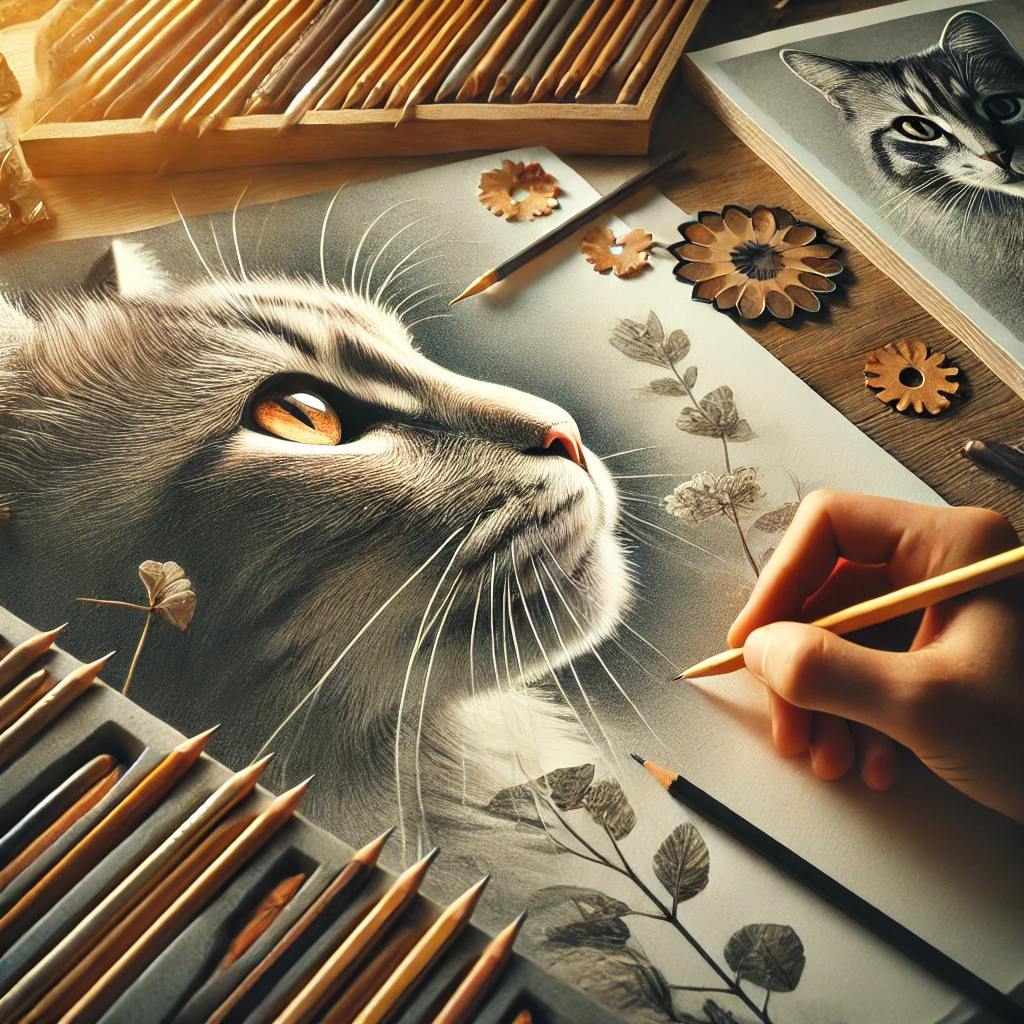
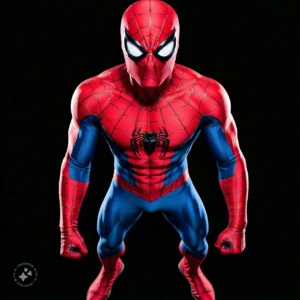




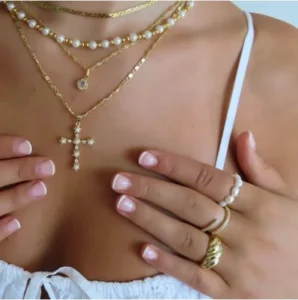

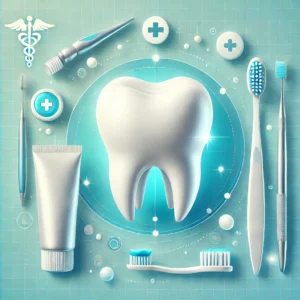
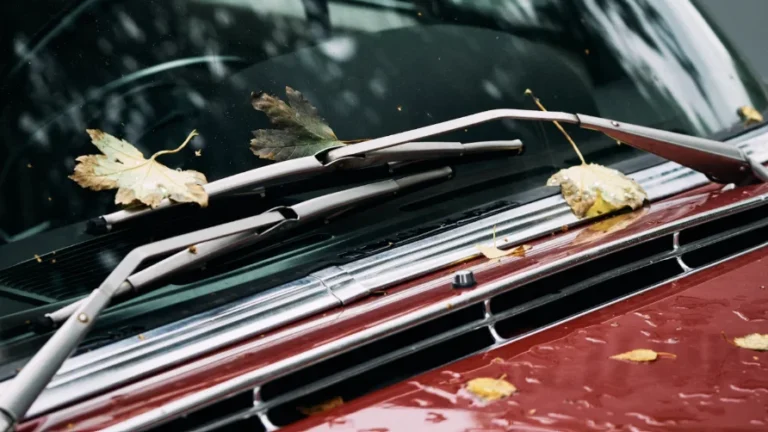


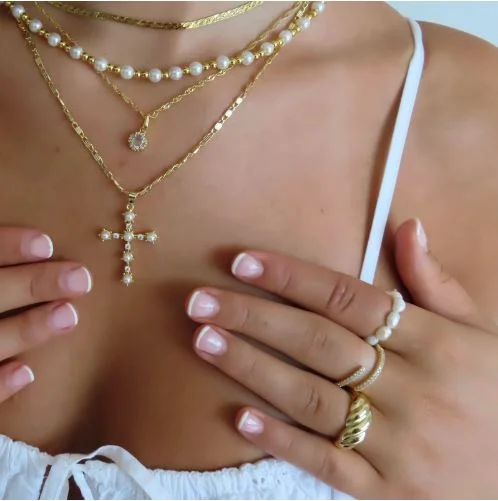


+ There are no comments
Add yours